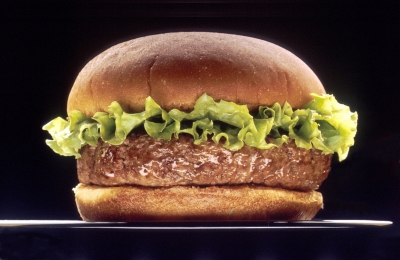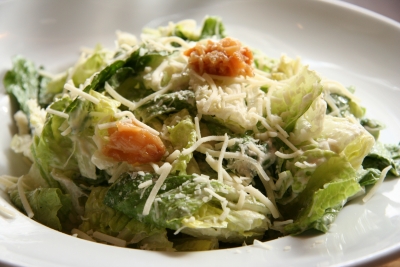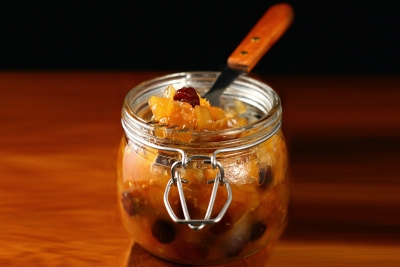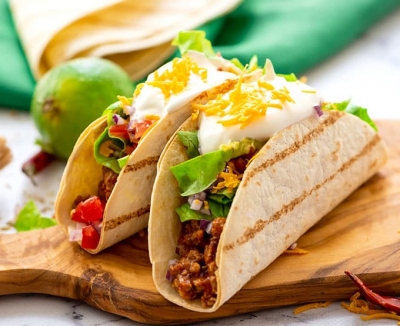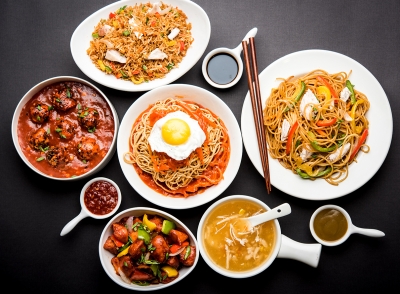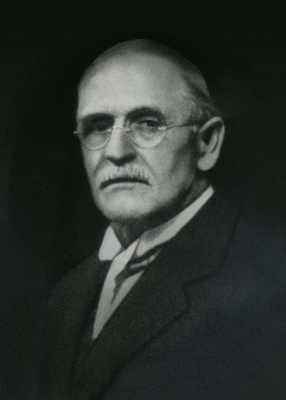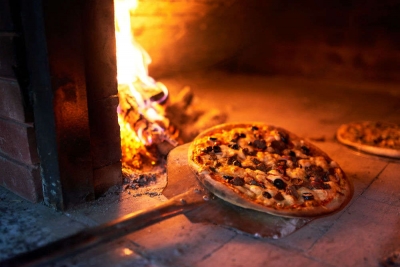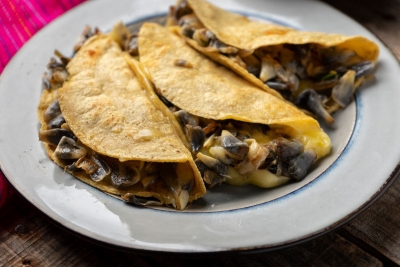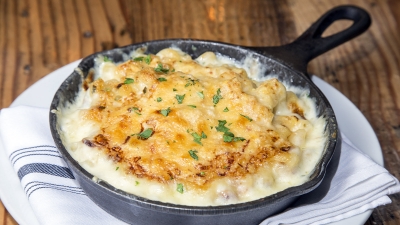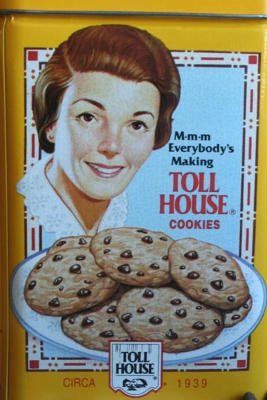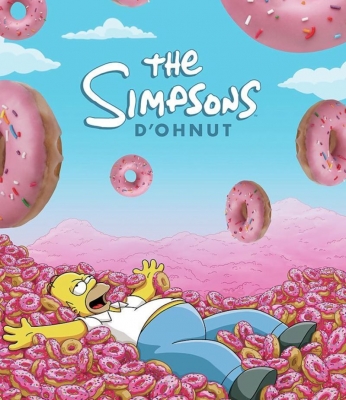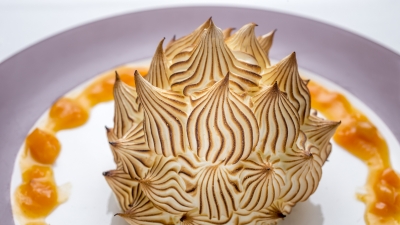What is the history of chocolate ?
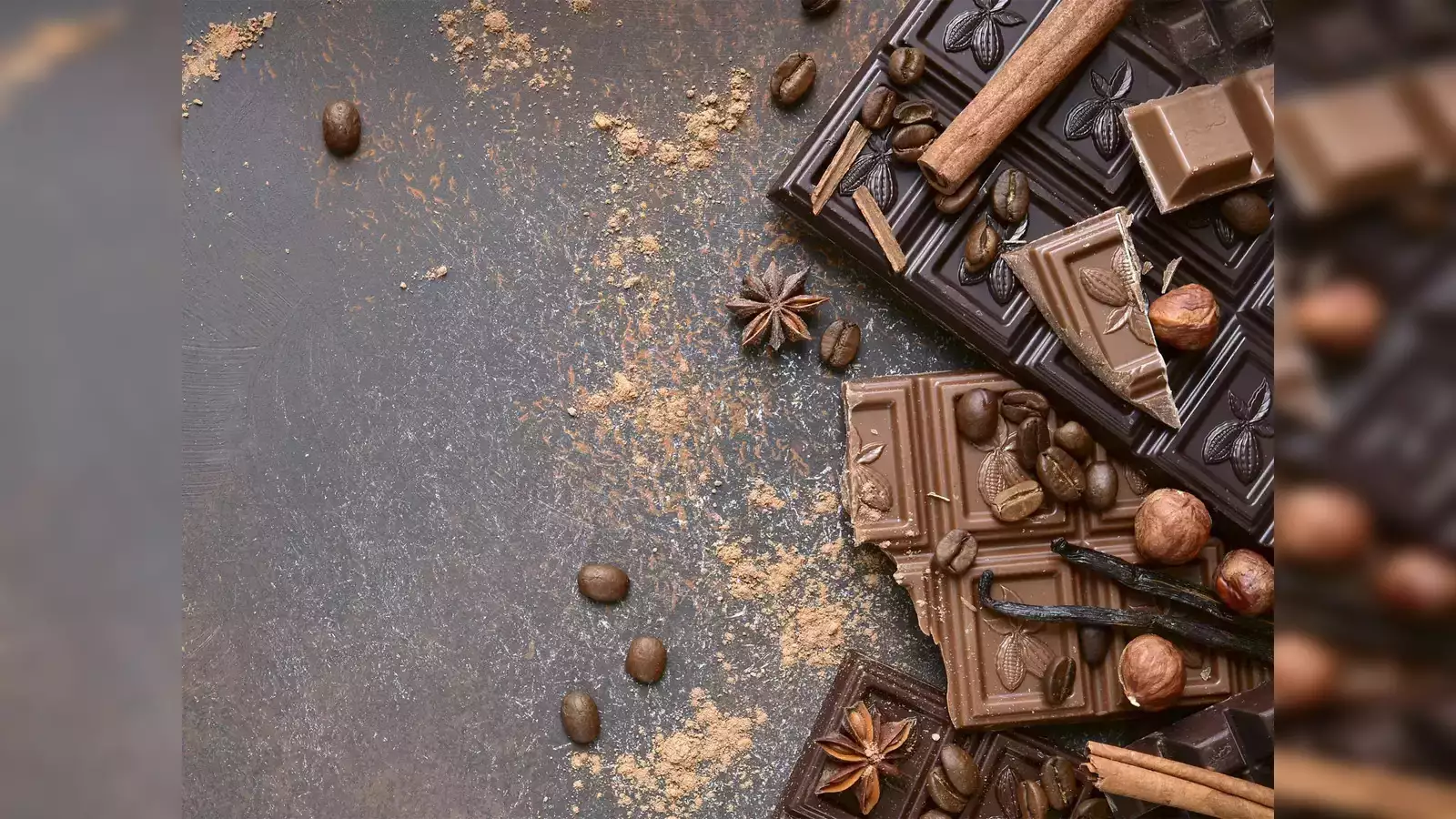
Chocolate is popular globally and across age groups. No wonder it has its own day! World Chocolate Day is celebrated on July 7 every year to mark the day of its arrival in Europe way back in 1550. Let's take a bite of chocolate's history, its benefits, the flip side, and its social and ecological impact.
Born in the Americas
Every bar of chocolate made is bom from cacao trees whose seeds- cacao or cocoa beans-are a primary ingredient in its preparation. The origin story though takes us to the Americas. To be specific, Mesoamerica, spanning southern parts of North America and vot parts of Central America. Scientific evidence dates the use of cacao seeds to over 3,600 year ago by Maya Aztec, Olmec and other ancient civilisations of this region. Cacao was venerated as a gift from god and drinks made from it were used especially during rituals and as energuen and medicine. However, research from a few years ago suggests that the Mayo Chinchipe culture in present-day Ecuador of South America used cocoa beans a good 5.000 years ago-pushing back the date of first use of these seeds by about 1,500 years. While it is contested if Ecuador actually domesticated cacao or if that credit goes to the Maya people, an archaeobotanist settles the argument beautifully saying the Maya turned the consumption of cacao into an art form But back then it was consumed as a bitter beverage, tasting nothing like the solid chocolate we know today. And that transformation happened in Europe
Raised in Europe
Though theories abound on how exactly chocolate entered Europe, it appears to have occurred during the 16th Century and inexplicably tied to Spanish colonisation of the Americas Spanish conquistadors (conquerors) are believed to have brought it to Spain. From Spain, its popularity and demand spread to other parts of the continent, where notoriously slaves were used extensively in cocoa plantations. (By 17th and 18th Centuries, it was available in North America too.) For a few centuries, cocoa continued to be enjoyed as a beverage in Europe, enriched with milk spices, and flavourings, and invariably among the wealthy. Gradually, cocoa reached the masses, took a powder form-known as Dutch cocoa and easy to mix with water, and inevitably, the solid chocolate bar was born. Today, chocolates are available in every corner of the world and in several unimaginable forms and flavours.
Benefits
Many studies have been conducted globally to ascertain the benefits of chocolate consumption. Research shows that chocolate can help in brain function, especially in those aged 50 to 70. Dark chocolate consumption has been linked to lower risk of a heart attack. As cocoa helps increase the flow of blood around the brain, it seems to cut down the chances of a stroke too Apart from this, consuming a tiny chocolate square regularly is believed to help lower blood pressure and the chances of succumbing to cardiovascular diseases. Flavanols, substances found in cocoa, boost the body's supply of nitric oxide to help lower blood pressure. Dark chocolate is said to bring down oxidative stress - which causes cell and tissue damage and improves platelet function. Among dark, milk, and white chocolate, studies appear PHOTO: PIXABAY to show that dark chocolate (with less sugar) fares better than the other two.
Perils
Since chocolates invariably contain sugar and saturated fat. Unchecked consumption can result in weight gain, putting individuals at risk for cardiovascular diseases. Other concems arising out of chocolate consumption include heartburn, cancer, allergies, and toxic and bacterial contamination during the processing (cacao by itself is not contaminated). Though studies show the benefits of consuming chocolate, recent reports suggest that many such studies could be funded by chocolate manufacturers and hence the findings could be exaggerated or selective in showcasing chocolates in a positive light.
Eco-social impact
While the word chocolate could conjure up happy visuals of this rich and delectable treat for s chocolate lover, its production belies a dark stony Cocoa plantations in West Africa, especially tong Coast and Ghana, are plagued by prevalance of widespread child labour employment, with poor or no wages, and hazardous working conditions. Many reports liken the situation to modern-day slaveny, making chocolates the result of unethical trade practices with little thought for human dignity. On the environmental front since the denund for chocolate is globally high tropical forests are destroyed to make way for cocoa plantations, decimating native wildlife. Not just that since chocolate production also involves ingredients such as milk, sugar, palm oil, etc.. the increased production of these items too affect the environment. As the use of chocolate has crossed, culinary territory to veer into cosmetics and pharmaceutical industries, the demand for it has never been higher Add to this the fairly recent allure of organic and single-origin (grown in a specific region) cacao, the pressure on our environment hasn't been more severe
IT'S TRIVIA TIME!
- A perfect name? The scientific name of the cacao tree is Theobroma cacao. Coined by Swedish botanist Carolus Linnaeus, it seems fitting because it translates to Drink of the gods, from the Greek words theos (god) and broma (beverage).
- How versatile! Historic records show that chocolate was used as more than just a drink. It was used as money, face paint, a disguise for poison, and was even fought over!
- Culinary experiments if you think chilli-flavoured chocolates are a recent (and fancy) invention, think again During festive times, the Aztecs seem to have had a variety of drinking chocolate, with a dash of maize, chilli, aniseed, and even flowers
- Pods of pleasure Cocoa beans are encased in the fruit of the cacao tree. The fruit is in the form of a fleshy pod, and each pod contains a few dozen beans. The pulpy fruit or the seeds themselves apparently do not taste anything like chocolate. The seeds acquire this addictive flavour and smell only after they are dried and roasted
- That's a lot African countries Ivory Coast (Cote d'lvoire) and Ghana are among the largest producers of cocoa in the world, accounting for over 50% of the total global production
Picture Credit :Google
